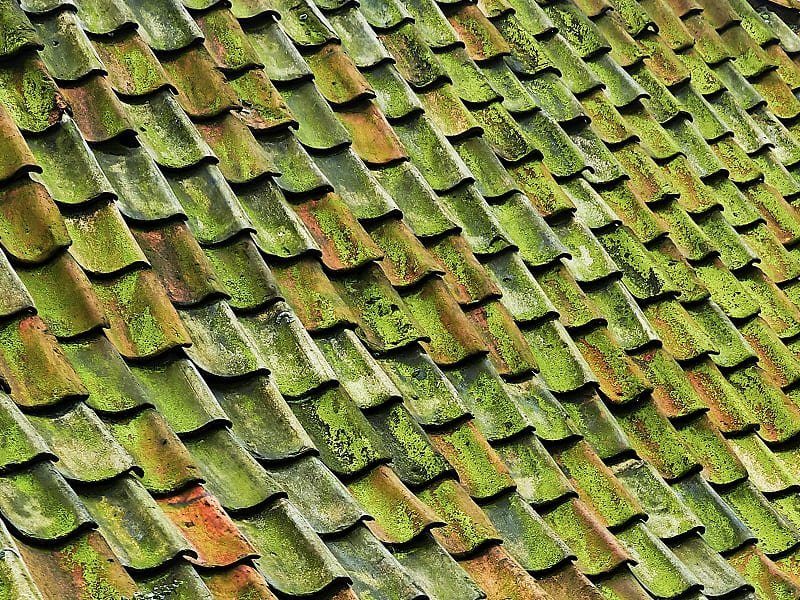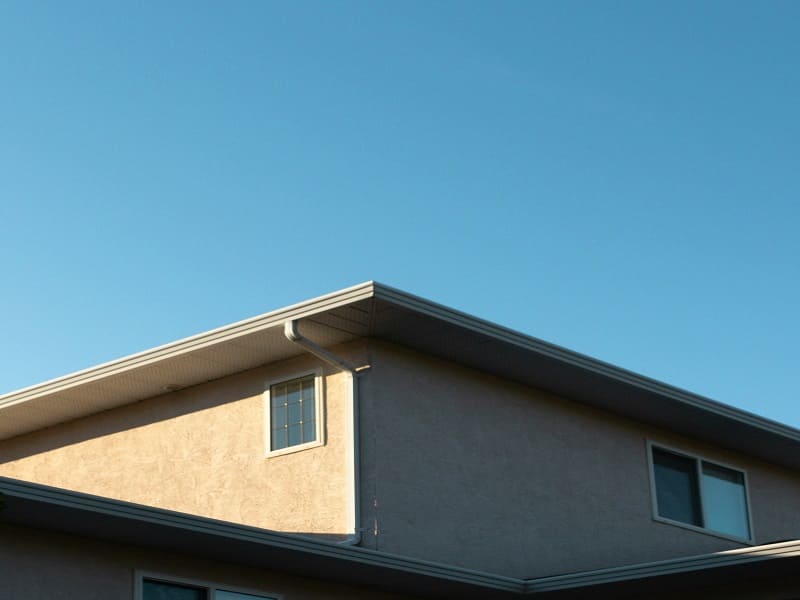Can Gutters Really Be Replaced In Winter?
Learn how advances in materials and technology, as well as de-icing chemicals and tree removal, make winter gutter replacement possible.
Any homeowner may need help determining what upkeep their house requires. A to-do list can contain a long number of things, from frivolous accessories to critical essentials. But nothing appears to emphasize these requirements more than a good gutter system. Rainwater may be a useful test to determine your specific situation, as a home's primary purpose is to shield you and your family from the weather.
Gutters prevent water damage to your foundation, walls, ceiling, and doors. They also reduce soil erosion surrounding your home, stop basement flooding, and shield your patios and fascia from deterioration and discoloration caused by water.
However, in order to profit from a gutter system, you must make sure that it is clear of any debris, such as leaves, twigs, dust, or other objects. Gutter cleaning on a regular basis ensures that your gutters function as intended by clearing out debris. Keep reading this article to get an answer to your query: do gutters work in winter?
What Is Guttering?
Guttering is the final piece of roofing protection equipment. It is a narrow, tiny trough used to collect runoff water from your roof. Its purpose is to divert precipitation away from the building's base, thus safeguarding the foundation. It not only shields the property's foundation but also lessens erosion and stops leaks from starting. In addition, the water can be collected and stored for later use, such as irrigating plants. There are several material and styling options for rain gutters. It is constructed from a variety of materials, including concrete, steel, PVC, and other plastics.
Usually made of plastic or metal, they are fed down a downspout—also known as a leader or conductor—after being collected from the roof of a house.
Challenges In Replacing Gutters In Winter
The best season of the year is upon us! If you are inside the house and a person, at least. This is arguably the worst time of year for gutters and roofs. Your rainwater system may suffer greatly from extreme cold and fluctuating precipitation, particularly if it is made of vinyl or aluminum. As we approach the harsh winter, be mindful of the following challenges in replacing gutters in the winter.
Condensation
Condensation is a much larger problem than most people realize. It occurs when the heat from your home and the snow and ice above meet and clash in temperature. Gutter systems cannot eliminate condensation, but well-insulated roofing can help reduce it. Periodically clearing away too much snow or ice is also beneficial, particularly if you live in an area that experiences winter weather for several months.
Ice-filled dams. An issue known as an ice dam can arise when too much snow falls, melts, and then refreezes. This may be avoided by using heating solutions. Above all, nevertheless, a dependable gutter system is essential to averting catastrophe. The amount of dams needed can be reduced if the melting moisture is let to drain away.
Icicle
Rainwater systems are especially vulnerable to these icy cylinder. Even the world's greatest gutter system won't be able to make up for strong blizzards that cover everything. Icicles can develop during the melting process and generate hundreds of pounds of drag. Aluminum is a less dense metal that may break and flex. Such a death is practically never experienced by copper and zinc gutters that have been built correctly.
Too Much Snowfall
Depending on the roof's slope, residences might get up to 65 inches of snow annually. It is essential to clear part of this type of buildup during a snow break when it occurs. Snow weight has been observed to force less expensive systems off a home; gutters cannot stop this.
Clogging
Gutter cleaning is an essential task that has to be done before winter arrives. Because of their very high friction, rigged aluminum gutters require frequent cleaning. Wide-mouth leaderheads are a common feature of European-style gutters, which are intended to minimize friction. Wintertime blockage typically results in the following two problems.
Blowing Up Pipes
Burst pipes are usually caused by two things: seam separation and blockage. Though seam problems are unavoidable, clogging is not. No matter how tight, crimped seams can still let moisture and air in. Seamed downspouts and gutter splices have been known to split or even violently explode due to the growth of ice inside the seam. This is not a vulnerability in any of our seamless downspouts. You can be confident that your gutters are secure because the majority of the elements are soldered together.
Leaks
Although the aforementioned contributes to leaks, lost water has an additional consequence. The gutters' intended purpose is defeated! The melting snow can harm the siding and roof irreversibly if it spills into the eaves or perhaps the walls. The best defense against leaks is a high-end gutter system done correctly.
Contraction
Admit it, Mother Nature will prevail if she so desires. Many people are unaware that really cold weather will do everything it can to distort metal. Popping noises have been recorded by homeowners as aluminum and other low-grade gutters physically move in their hangers, bending and even ripping out of their original installation. While contraction alone will not remove gutters, it will weaken the system. Denser materials, such as copper and zinc, continue to compress but on a much lesser scale.
Overcoming These Challenges To Replace Gutters In Winter
Contrary to common belief, replacing gutters during the winter is not only doable but may also be helpful in some cases. Let's look at some major aspects that dispel the myth of winter gutter replacement difficulties:
Advanced Technology
Modern gutter materials and installation processes have gone a long way in terms of technological advancement. Aluminum and vinyl are high-quality materials that are engineered to endure intense temperatures, assuring durability and endurance. Furthermore, innovations in installation methods, such as seamless gutter systems, reduce the chance of leaks while improving overall performance and making the replacement of guards easy.
De-Icing Chemicals
De-icing compounds can be used if your home has a problem location where ice and snow gather on the roof. It melts ice and snow before it rolls down the roof, preventing ice blockages in gutters. Fill an old pair of pantyhose with de-icing ingredients like calcium chloride and stretch the hose across the roof. Snow and ice will melt, and water will flow, eliminating sagging gutters and making gutter replacement in winter possible.
Trimming the trees
After winter arrives, leaves may continue to fall into your gutters, making its replacement difficult. You can lessen this debris by pruning the tree branches near your roof. Also, if the branches are weighed down by ice and snow, the limbs might shatter and harm your roof and gutters. So, this technique will help you replace gutters in extreme winters.
Bottom-Line
In conclusion, changing gutters in the winter presents obstacles such as moisture, ice jams, and snow accumulation. Winter gutter repair is now possible due to developments in materials and technology, as well as the usage of de-icing chemicals and tree cutting. Even under difficult winter circumstances, proactive efforts and contemporary technologies may maintain gutter system operation.




Leave a comment
This site is protected by hCaptcha and the hCaptcha Privacy Policy and Terms of Service apply.